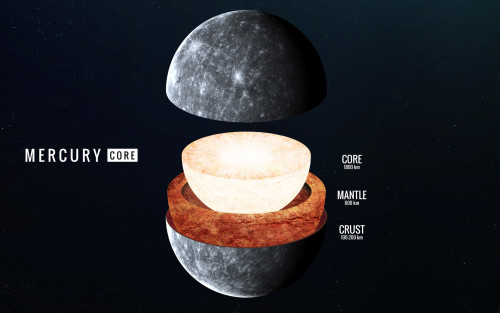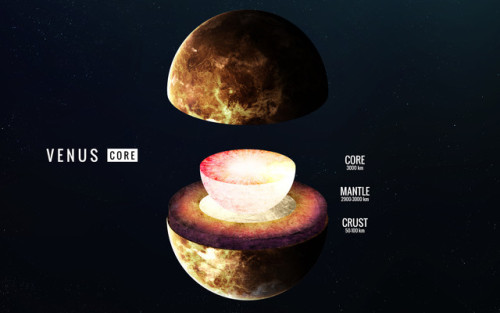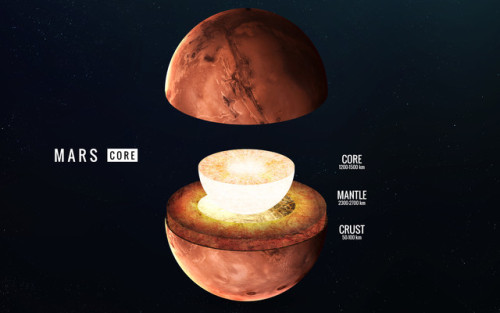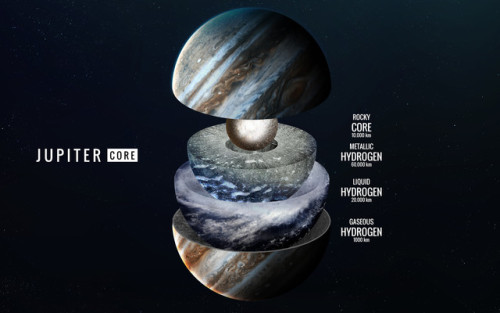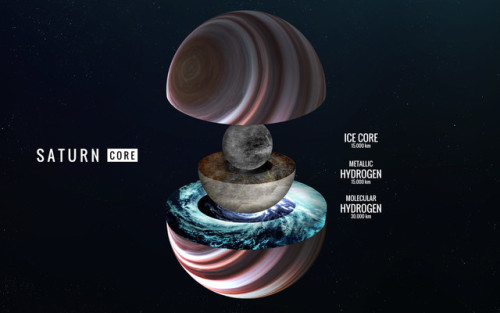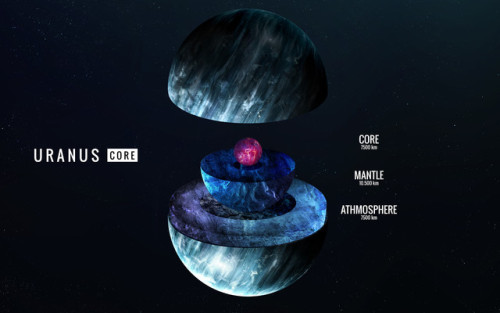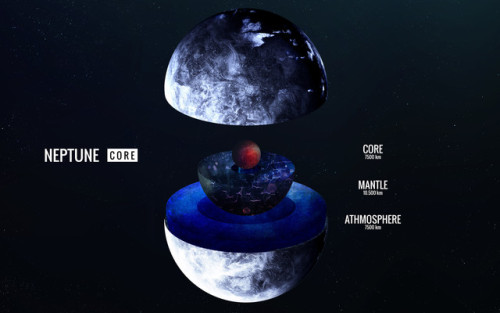Picture Of The Day - January 4, 2019

Picture of the Day - January 4, 2019
A hot desert-world with exotic land-based life.
Space Engine System ID: RS 5613-2267-7-1038156-494 A3 to visit the world in Space Engine.
More Posts from Sharkspaceengine and Others

Front row seat to a galactic merger.

Picture of the Day 2 - November 9, 2018
Narrow sea cuts through the forests of a life supporting world with red-colored vegetation.
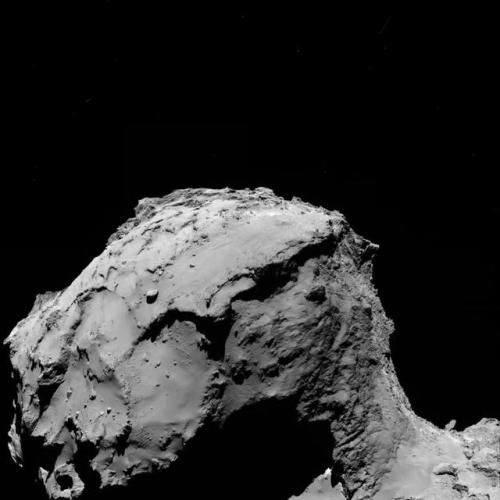
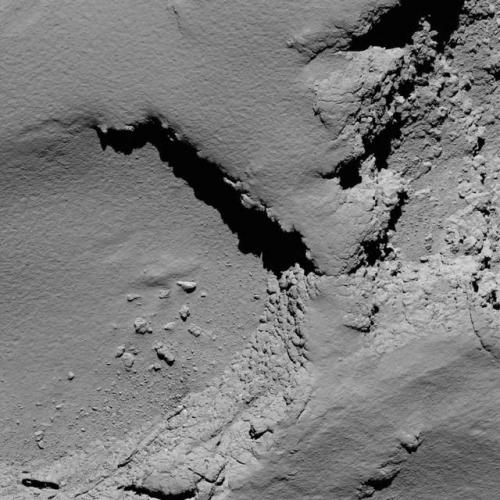
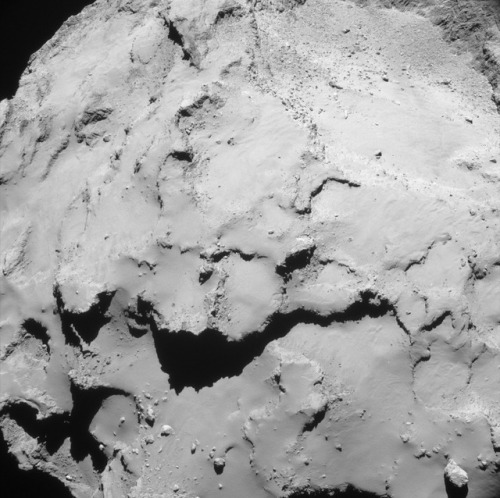
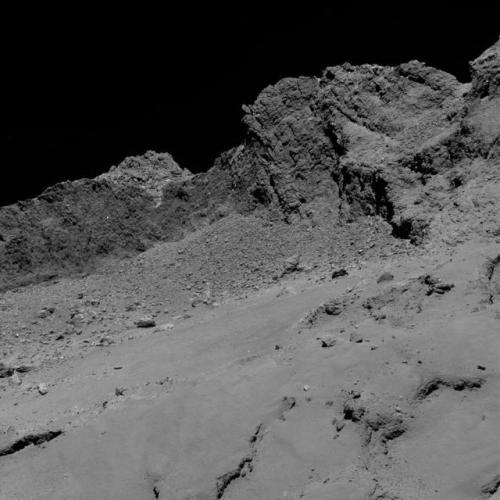
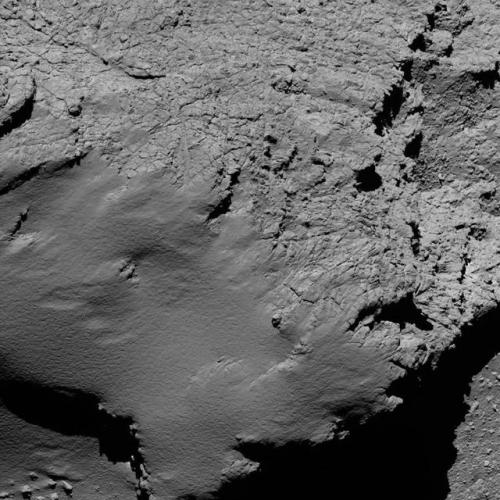
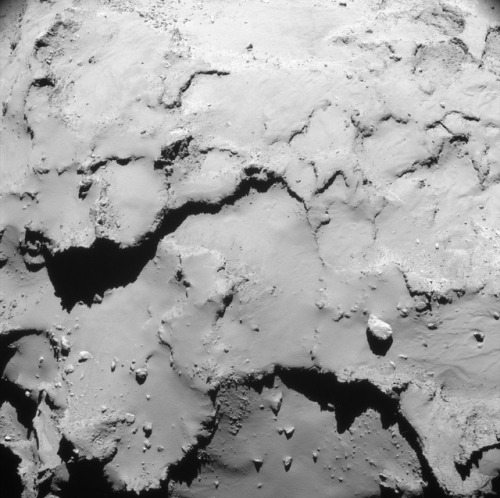
September 30, 2016: Views of Comet 67P/Churyumov-Gerasimenko captured by the Rosetta probe during the spacecraft’s final descent.
(ESA)








Sometimes I wonder how beautiful the Universe is, and we do not even have to go that far. Imagine seeing Neptune and Uranus from their moons…
Images: x, x, x, x, x, x, x (artist’s impression)

Picture of the Day 2 - January 3, 2019
A heavily cratered ice-world. This one is to make up for the missed picture of the day yesterday.
Space Engine System ID: RS 5613-489-8-16684327-414 5 to visit the planet in Space Engine
Solar System 10 Things: Looking Back at Pluto
In July 2015, we saw Pluto up close for the first time and—after three years of intense study—the surprises keep coming. “It’s clear,” says Jeffery Moore, New Horizons’ geology team lead, “Pluto is one of the most amazing and complex objects in our solar system.”
1. An Improving View

These are combined observations of Pluto over the course of several decades. The first frame is a digital zoom-in on Pluto as it appeared upon its discovery by Clyde Tombaugh in 1930. More frames show of Pluto as seen by the Hubble Space Telescope. The final sequence zooms in to a close-up frame of Pluto taken by our New Horizons spacecraft on July 14, 2015.
2. The Heart

Pluto’s surface sports a remarkable range of subtle colors are enhanced in this view to a rainbow of pale blues, yellows, oranges, and deep reds. Many landforms have their own distinct colors, telling a complex geological and climatological story that scientists have only just begun to decode. The image resolves details and colors on scales as small as 0.8 miles (1.3 kilometers). Zoom in on the full resolution image on a larger screen to fully appreciate the complexity of Pluto’s surface features.
3. The Smiles

July 14, 2015: New Horizons team members Cristina Dalle Ore, Alissa Earle and Rick Binzel react to seeing the spacecraft’s last and sharpest image of Pluto before closest approach.
4. Majestic Mountains

Just 15 minutes after its closest approach to Pluto, the New Horizons spacecraft captured this near-sunset view of the rugged, icy mountains and flat ice plains extending to Pluto’s horizon. The backlighting highlights more than a dozen layers of haze in Pluto’s tenuous atmosphere. The image was taken from a distance of 11,000 miles (18,000 kilometers) to Pluto; the scene is 780 miles (1,250 kilometers) wide.
5. Icy Dunes

Found near the mountains that encircle Pluto’s Sputnik Planitia plain, newly discovered ridges appear to have formed out of particles of methane ice as small as grains of sand, arranged into dunes by wind from the nearby mountains.
6. Glacial Plains

The vast nitrogen ice plains of Pluto’s Sputnik Planitia – the western half of Pluto’s “heart”—continue to give up secrets. Scientists processed images of Sputnik Planitia to bring out intricate, never-before-seen patterns in the surface textures of these glacial plains.
7. Colorful and Violent Charon

High resolution images of Pluto’s largest moon, Charon, show a surprisingly complex and violent history. Scientists expected Charon to be a monotonous, crater-battered world; instead, they found a landscape covered with mountains, canyons, landslides, surface-color variations and more.
8. Ice Volcanoes

One of two potential cryovolcanoes spotted on the surface of Pluto by the New Horizons spacecraft. This feature, known as Wright Mons, was informally named by the New Horizons team in honor of the Wright brothers. At about 90 miles (150 kilometers) across and 2.5 miles (4 kilometers) high, this feature is enormous. If it is in fact an ice volcano, as suspected, it would be the largest such feature discovered in the outer solar system.
9. Blue Rays

Pluto’s receding crescent as seen by New Horizons at a distance of 120,000 miles (200,000 kilometers). Scientists believe the spectacular blue haze is a photochemical smog resulting from the action of sunlight on methane and other molecules in Pluto’s atmosphere. These hydrocarbons accumulate into small haze particles, which scatter blue sunlight—the same process that can make haze appear bluish on Earth.
10. Encore

On Jan. 1, 2019, New Horizons will fly past a small Kuiper Belt Object named MU69 (nicknamed Ultima Thule)—a billion miles (1.5 billion kilometers) beyond Pluto and more than four billion miles (6.5 billion kilometers) from Earth. It will be the most distant encounter of an object in history—so far—and the second time New Horizons has revealed never-before-seen landscapes.
Make sure to follow us on Tumblr for your regular dose of space: http://nasa.tumblr.com.
Starry Night

Picture of the Day - October 16, 2018
The sands of a desert world with the sky full of bright stars. This planet orbits a star located within a globular cluster; therefore, many bright stars punctuate the night sky. The bright star near the lower left is the planet’s sun, which is barely discernible from other stars in the sky,










MESSENGER Spacecraft
MESSENGER (whose backronym is Mercury Surface, Space Environment, Geochemistry, and Ranging, and which is a reference to the Roman mythological messenger, Mercury) was a NASA robotic spacecraft that orbited the planet Mercury between 2011 and 2015. The spacecraft was launched aboard a Delta II rocket in August 2004 to study Mercury’s chemical composition, geology, and magnetic field.

The instruments carried by MESSENGER were used on a complex series of flybys – the spacecraft flew by Earth once, Venus twice, and Mercury itself three times, allowing it to decelerate relative to Mercury using minimal fuel. During its first flyby of Mercury in January 2008, MESSENGER became the second mission after Mariner 10’s 1975 flyby to reach Mercury.
MESSENGER entered orbit around Mercury on March 18, 2011, becoming the first spacecraft to do so. It successfully completed its primary mission in 2012. Following two mission extensions, the MESSENGER spacecraft used the last of its maneuvering propellant and deorbited as planned, impacting the surface of Mercury on April 30, 2015
Source
Image Credit: NASA/Johns Hopkins University Applied Physics Laboratory/Carnegie Institution of Washington
-
 zoccket reblogged this · 3 years ago
zoccket reblogged this · 3 years ago -
 zoccket liked this · 3 years ago
zoccket liked this · 3 years ago -
 pass-the-sqaush-blog liked this · 6 years ago
pass-the-sqaush-blog liked this · 6 years ago -
 harmonicgamingangel22blog liked this · 6 years ago
harmonicgamingangel22blog liked this · 6 years ago -
 sammyssunshinesmile liked this · 6 years ago
sammyssunshinesmile liked this · 6 years ago -
 chatdog69-blog liked this · 6 years ago
chatdog69-blog liked this · 6 years ago -
 sharkspaceengine reblogged this · 6 years ago
sharkspaceengine reblogged this · 6 years ago
My Space Engine Adventures, also any space related topic or news. www.spaceengine.org to download space engine. The game is free by the way. Please feel free to ask me anything, provide suggestions on systems to visit or post any space related topic.Check out my other blog https://bunsandsharks.tumblr.com for rabbit and shark blog.
294 posts
